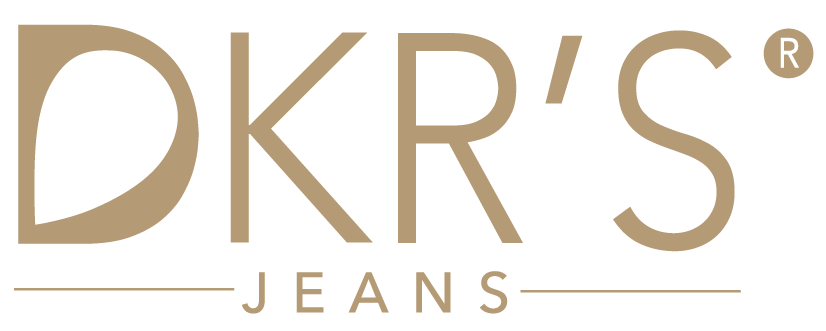Orthostatic high blood pressure is a clinical problem identified by a considerable rise in blood pressure upon standing. This condition can cause different signs and problems, making it critical to identify as well as manage it effectively. In this short article, we will certainly explore the reasons, signs and symptoms, and therapy options for orthostatic hypertension.
Causes of Orthostatic High Blood Pressure
Orthostatic high blood pressure can be brought on by a series of factors, including underlying medical conditions and also way of life selections. Right here are a few of the major reasons:
1. Medicines: Specific drugs, such as alpha-blockers and also diuretics, can interfere with the body’s blood pressure guideline, leading to orthostatic high blood pressure.
2. Dehydration: Inadequate liquid consumption or excessive fluid loss because of factors like excessive sweating or looseness of the bowels can cause a reduction in blood quantity, leading to orthostatic high blood pressure.
3. Aging: With age, the body’s natural capacity to control high blood pressure might decrease. This can enhance the risk of developing orthostatic high blood pressure.
4. Autonomic nervous system disorder: Disorder in the autonomic nerve system, which regulates spontaneous bodily functions, can disrupt blood pressure law and contribute to orthostatic hypertension.
- Diabetes
- Parkinson’s illness
- Numerous system atrophy
5. Other hidden medical conditions: Specific medical conditions can increase the threat of orthostatic hypertension, including:
6. Way of life elements: Harmful way of living choices, such as a less active way of life, too much alcohol consumption, and cigarette smoking, can contribute to the advancement of orthostatic hypertension.
Signs And Symptoms of Orthostatic High Blood Pressure
Orthostatic hypertension commonly provides with a series of signs and symptoms that can vary from person to person. While some individuals might experience light signs, others may have more severe indications. Common symptoms consist of:
- Dizziness or faintness upon standing
- Really feeling faint or an experience of spinning
- Nausea or vomiting or throwing up
- Frustrations
- Obscured vision
- Lack of breath
- Chest discomfort or discomfort
- Raised heart rate
It is vital to note that the symptoms discussed over may also show other underlying conditions. Therefore, it is vital to consult a health care professional for an accurate medical diagnosis.
Diagnosing Orthostatic High Blood Pressure
To diagnose orthostatic hypertension, medical care professionals might execute different tests, including:
- Blood pressure measurements: Blood pressure will be gauged while lying down, sitting, and also standing to observe any kind of significant adjustments.
- Turn table test: This examination includes monitoring high blood pressure and heart price while the client is slanted at various angles on a table.
- Medical history and also physical examination: Gathering info regarding symptoms, case history, and also doing a health examination assists recognize possible sources of orthostatic high blood pressure.
- Added examinations: Depending on the thought underlying cause, extra tests such as blood tests, electrocardiogram (ECG), or echocardiography might be conducted.
Treatment and also Management of Orthostatic High Blood Pressure
As soon as a diagnosis of orthostatic high blood pressure is verified, ideal therapy as well as monitoring methods can be carried out. The certain approach may vary depending on the underlying reason and the seriousness of the condition. Here are some typical therapy options:
- Lifestyle adjustments: Taking on a healthy and balanced lifestyle can considerably improve orthostatic hypertension. Regular exercise, a well balanced diet regimen, remaining moisturized, preventing alcohol and tobacco, as well as taking care of stress can all add to far better blood pressure control.
- Medications: In some cases, drugs may be prescribed to take care of orthostatic high blood pressure. These can include medicines to regulate blood pressure, boost blood quantity, or address autonomic nerves dysfunction.
- Compression stockings: Using compression stockings can assist enhance blood flow and also stop blood pooling in the reduced extremities, reducing orthostatic high blood pressure symptoms.
- Fluid monitoring: Making sure ample liquid consumption while avoiding extreme liquid consumption can help regulate blood volume as well as reduce orthostatic hypertension.
- Staying clear of triggers: Identifying as well as preventing specific triggers that intensify orthostatic hypertension signs, such as warm environments or prolonged standing, can be useful.
When to Look For Clinical Assistance
If you experience persistent or extreme signs of orthostatic high blood pressure, it is necessary to look for medical aid without delay. A medical care expert can conduct a comprehensive evaluation, identify the underlying reason, and also develop an appropriate therapy plan customized to your needs.
Remember, very early discovery and management of orthostatic hypertension can significantly enhance your quality of life and also minimize the risk of problems. Get in touch with a medical care professional for individualized guidance as well as support.

